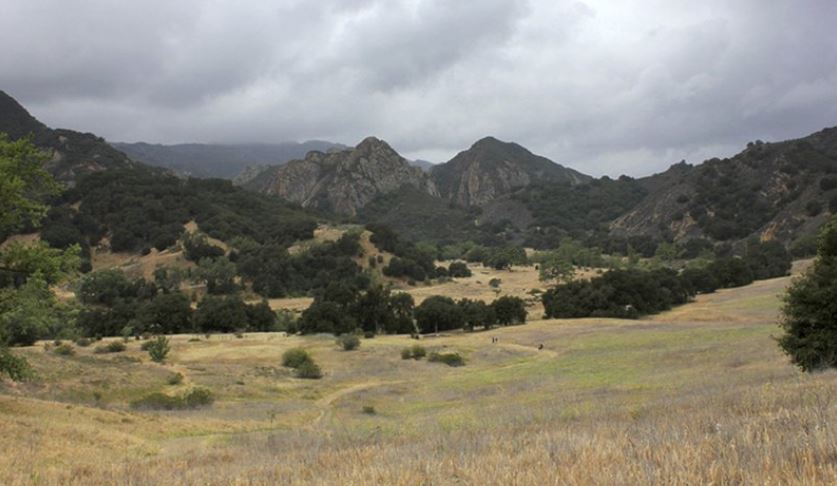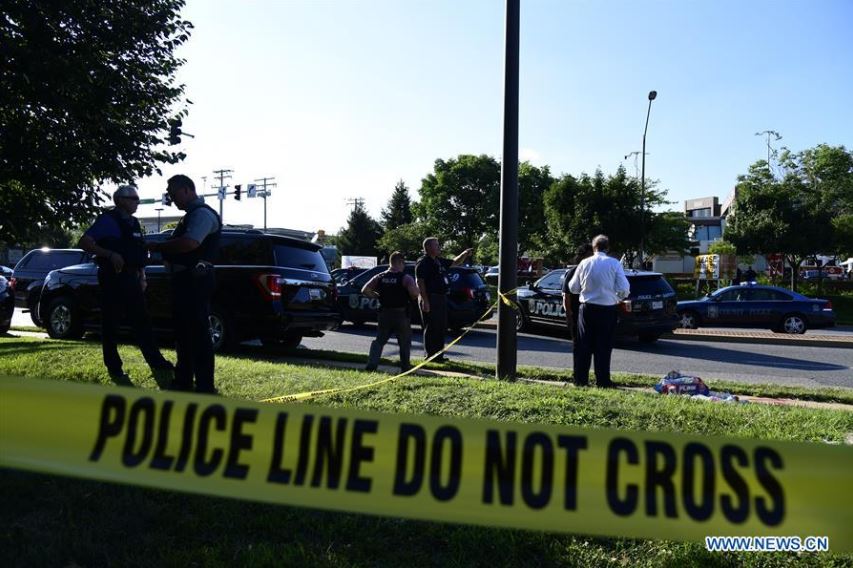
The American public loves a good horror story. People love hearing about tales of gore and terror and about the crazed killers who perpetrate these atrocities. However, the American public is largely turning a blind eye to the topic of real murders – like Tristan Beaudette, who was shot dead while camping at Malibu State Creek Park in California in June – bringing up the possibility of a new serial killer in California
According to a Los Angeles Times article, Beaudette’s death might not have been random since the Los Angeles County Sheriff’s Department confirmed that at least seven other shootings have taken place in the same park over the last two years.
While the police have not claimed Beaudette’s death was committed by a serial killer, the shootings all have a similar pattern – they all involve campers who are relatively isolated (camping off the beaten path and with few other people) and sleeping.
Though the other shooting victims lived, Beaudette could be seen as the first successful kill since the murderer could have been testing out different ways of killing and maybe even working his or her way up to performing a murder.
The fact is, there has been a string of shootings at Malibu Creek State Park and the American public, especially Californians, have not been properly informed about these dangers.
The story is getting only minor attention – even with the fact that all seven of these shootings (including the one murder) are unsolved. Also, the park just recently closed in June due to the police investigation, but there were no closures over the previous two years to solve the random shootings.

A photo of Malibu Creek State Park, where Tristan Beaudette was murdered. (Photo: AP)
If that’s not enough of a reason for the public to be worried about serial killers – then one only has to perform minor internet research to see that the US has a slew of recent uncaptured serial killers.
Even with the wonders of new technology, these murders, which have been estimated to take place as early as the 1990s and as late as 2016, have not been solved. Furthermore, the average citizen is not likely to know anything about these killers since they are not widely publicized like serial killers from the past.
While some might say that the reason serial killers were given so much attention was because of their prevalence. Others would say that the number of serial killers has dwindled since America’s homicide rate has been steadily decreasing.
However, Thomas Hargrove, a researcher and archivist, said there could be some 2,000 serial killers at large in the US as of 2017. Hargrove created the Murder Accountability Project (MAP), which aggregates data on homicides – he claims that his work is a “serial killer detector.”
According to a Washington Post story in June, out of 52,175 homicides in the US the last 10 years, 51 percent did not result in an arrest.
Now, some might wonder why the police or the FBI might not label Beaudette a victim of a serial killer or why an agency would understate the number of serial killers in America.
In some cases, not all, law enforcement agents just don’t make the connection and in other, more concerning cases, law enforcement agencies are ignoring the facts.
Hargrove ran into a similar problem in 2010 when he noticed a pattern of 15 murders between 1980 and 2008 in Indiana. The local police denied the presence of a serial killer for years until a man confessed to the murders, and several others, after being caught with the body of a dead woman in 2014.
The troubling part of the story? Even with solid evidence, some law enforcement agents still refused to believe Hargrove for years.
If the police had listened to Hargrove’s research, they could have had a chance of saving more lives. Also, the public could have been warned, and citizens could have taken the proper precautions. If law enforcement would be up front about possible serial killers, US citizens would limit some of their risky behaviors and give serial killers less of a chance at accomplishing their murderous goals.
Ignorance of a problem will only lead to more problems, since serial killers will prey on those who remain oblivious.

Police officers secure the scene of a mass shooting in Annapolis, the capital city of Maryland on June 28, 2018. Five people were killed with several "gravely injured" in a mass shooting at local daily newspaper Capital Gazette in Annapolis, police said. (Photo: Xinhua)
Finally, the American public needs to be aware of the misconceptions that surround serial killers – including America’s number of serial killer cases compared to other countries.
Over the years, thanks to movies and books, the mental image of a serial killer tends to be similar to Hannibal Lector from the 1991 film, “The Silent of the Lambs.” This means most people believe serial killers are only white males, who are evil geniuses.
However, America has seen its fair share of racial and gender diversity among serial killers, as there has been a long list of serial killers who are women, African-American, Hispanic, and Asian-American.
According to Scientific American, serial killers are also not all geniuses, as many serial killers are typically noted as being of average intelligence. Instead, it is obsession and meticulous planning that sometimes enables serial killers to murder over long periods of time without getting caught.
Furthermore, the public must know that while serial killers are declining in number, America far outpaces other countries in the number of serial killers it has produced. America has had thousands of confirmed serial killers, some other countries in the world only have dozens under their belt.
Why is America’s number of serial killer cases so massive compared to the rest of the world? One possible solution is the prevalence of firearms in American society, while other countries, for example England and China, have heavy restrictions on guns. Other reasons could be tied to stress from unemployment, lack of mental health services, and stress from increasing prices on housing, college, and health care.
The bottom line is that the American public needs to be more aware of the prevalence of serial killers in the country and police agencies need to start being more up front about their information. Public cooperation goes a long way to catching criminals – in fact a group of Los Angeles residents identified Richard “The Night Stalker” Ramirez and held him until the police arrived. So having a well-informed public could mean the difference between an unsolved case and a serial killer who remains at-large.


